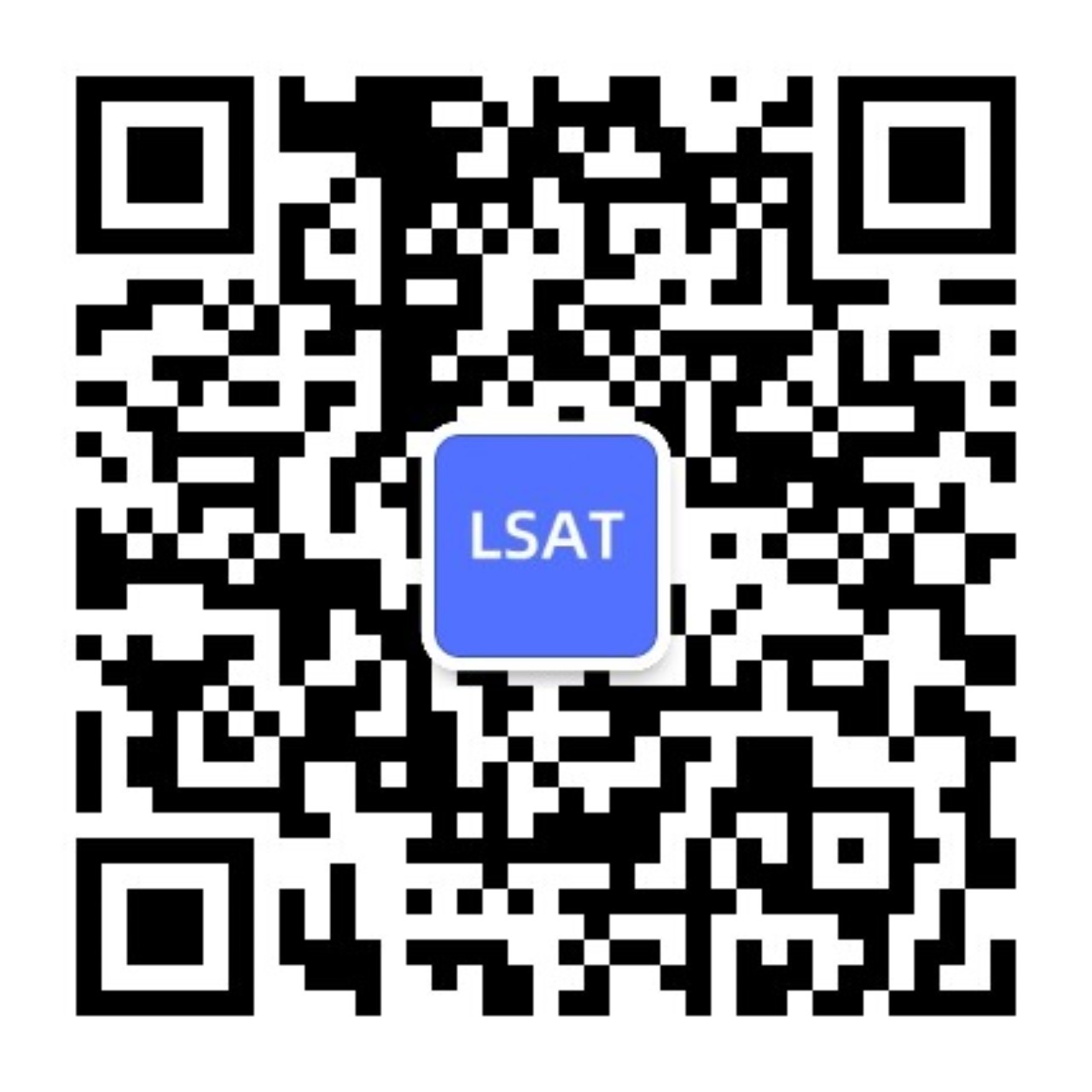作者:英吉
In the major cities of industrialized countries at the end of the nineteenth century, important public places such as theaters, restaurants, shops, and banks had installed electric lighting, but electricity was in less than one percent of homes, where lighting was still provided mainly by candles or gas.
(A) electricity was in less than one percent of homes, where lighting was still
(B) electricity was in less than one percent of homes and lighting still
(C) there were less than one percent of homes with electricity, where lighting was still being
(D) there was less than one percent of homes that had electricity, having lighting that was still
(E) less than one percent of homes had electricity, where lighting had still been
原文意思:在十九世纪工业国家,一些公共场所都安装了电灯,但是在家庭这个层面,电的普及率还不到百分之一,在大多数家庭里,照明还要靠蜡烛或者气.
题目分析:读完原文后发现A无不妥,留着。然B忽用and,幸而发现提供电力和占百分之一两者并无并列,遂伐之.C,D两选项there be无法和前面内容形成对应,阅后不爽。E使前后对应的不是电,而是家庭了,前后对应的应该是电怎么应用了,然电在某些地方还没得到应用,故此不爽!




